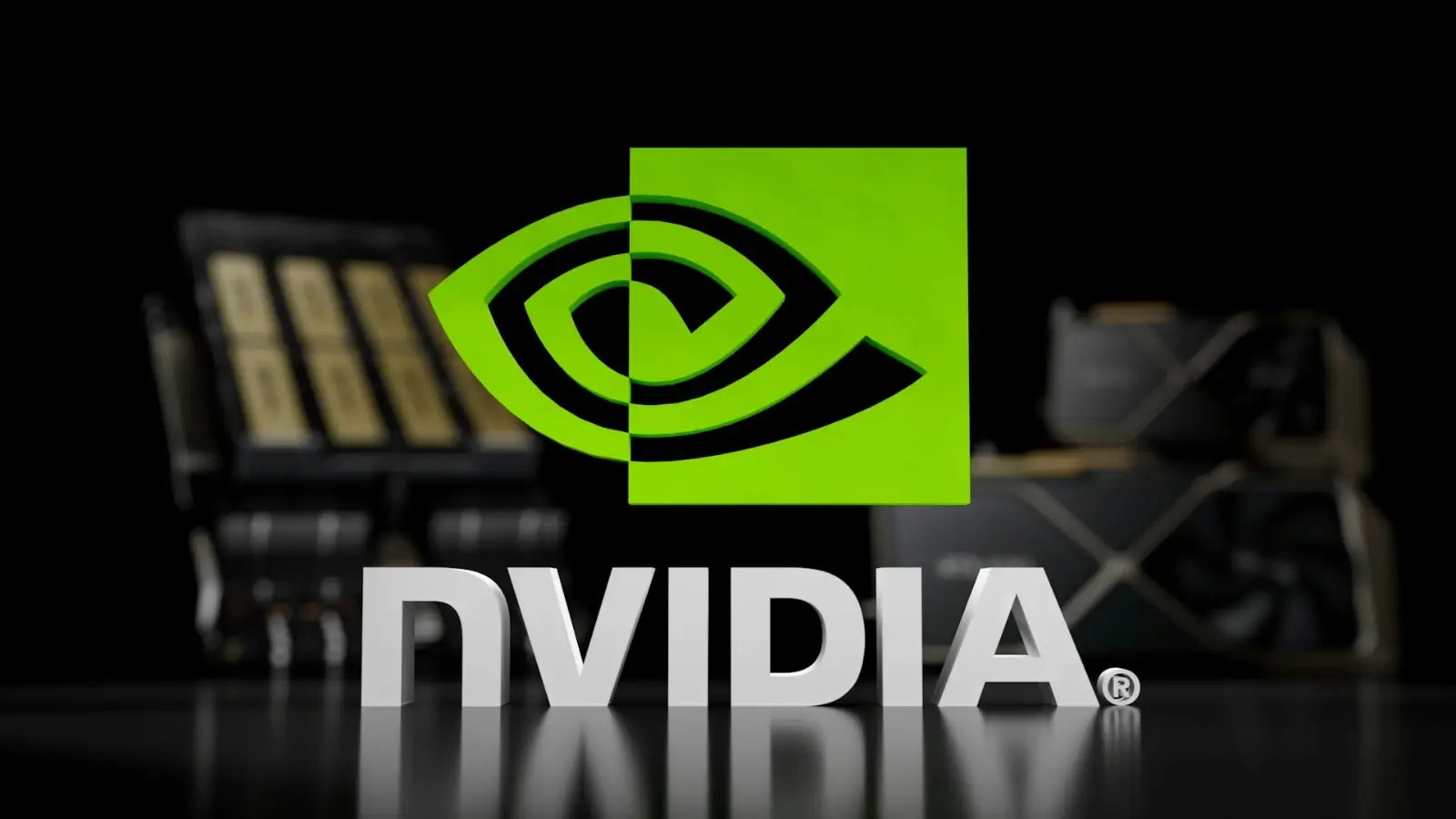


Your CFO asked you last Friday: "How does our liquidity position look for next quarter?"
You opened five spreadsheets, pulled data from three banking portals, checked two ERP systems, and spent six hours building a forecast. By Monday morning, two large payments came through that you didn't account for. Your forecast was already outdated.
This isn't a personal failure. It's a system failure.
Many large enterprises still manage their finances using outdated methods, including manual data pulls, siloed systems, and forecasts driven more by intuition than by reliable data. Meanwhile, forward-looking organizations are utilizing treasury management systems that can provide CFOs with accurate, real-time insights, rather than relying on educated guesses.
With this blog post, we break down what a treasury management system really does and why more companies are switching to it.
A treasury management system (TMS) is a central dashboard for all your company’s cash, banking relationships, and financial risk. When you have a TMS, you don’t need to:
It gives your treasury teams real-time visibility into cash positions across all your bank accounts and currencies. The automation handles the repetitive work that currently eats up 60% of your treasury team's time. So, if your enterprise manages billions in transactions across multiple countries, this tool is a must-have for you.
Not every business requires a TMS, but for many mid-sized and large organizations, it’s becoming essential.
You likely need one if your company:
When manual work starts slowing down decision-making, that’s your sign it’s time to consider a TMS.
Your enterprise probably banks with 15 to 50 institutions globally. Each one has its own portal, file format, and login process. Getting a complete picture of your cash position means your team spends mornings downloading files and consolidating data.
A TMS connects directly to your banking partners through APIs and standardized protocols, such as SWIFT. One login provides consolidated views of global cash positions, updated in real-time. You see exactly where money is allocated, which accounts are running low, and where excess cash could be deployed more effectively.
Spreadsheet forecasting fails at enterprise scale. Too many data sources, too many manual inputs, too many places where errors creep in. By the time your forecast is complete, the underlying data has changed.
Treasury management software pulls data automatically from your ERPs, banking systems, and other sources. AI models identify patterns in cash flow that humans miss. Variance analysis shows exactly where forecasts diverged from reality so that you can improve accuracy over time.
The difference matters when you're forecasting cash needs for global operations. Being off by 5% isn't a rounding error when you're managing $500 million in working capital.
Enterprises process thousands of payments monthly across multiple currencies and jurisdictions. Each country has its own unique payment formats, banking requirements, and compliance rules.
Manual invoice processing can lead to delays and costly mistakes. A TMS automates domestic and international payments, supports multiple currencies, and ensures proper approval workflows.
It reduces manual errors, speeds up processing, and strengthens compliance controls. That means your finance team spends less time clicking “approve” and more time on strategic work.
According to the Bank for International Settlements, daily foreign exchange trading hits $9.6 trillion globally in 2025. Rate movements directly impact enterprises with international operations. Manually handling these risks is not ideal for treasury teams working under such a dynamic environment.
A TMS continuously monitors foreign exchange risk, interest rate risk, and credit risk from a single dashboard. The system automatically flags exposures that breach your risk thresholds. A sudden spike in euro exposure? You get an alert immediately.
You can also run “what-if” scenarios, such as: What happens if the dollar strengthens by 5% against your major trading currencies?
Treasury management at an enterprise requires more advanced tools than spreadsheets and manual processes. A good TMS doesn't just automate tasks; it also streamlines them. It provides your finance leadership with real-time visibility and analytical capabilities needed to make informed decisions about cash, risk, and liquidity.
The enterprises winning on treasury efficiency aren't smarter or luckier. They just stopped pretending that manual processes could handle modern complexity. When your CFO asks about cash positions three months out, you should be pulling up a dashboard, not building a spreadsheet.